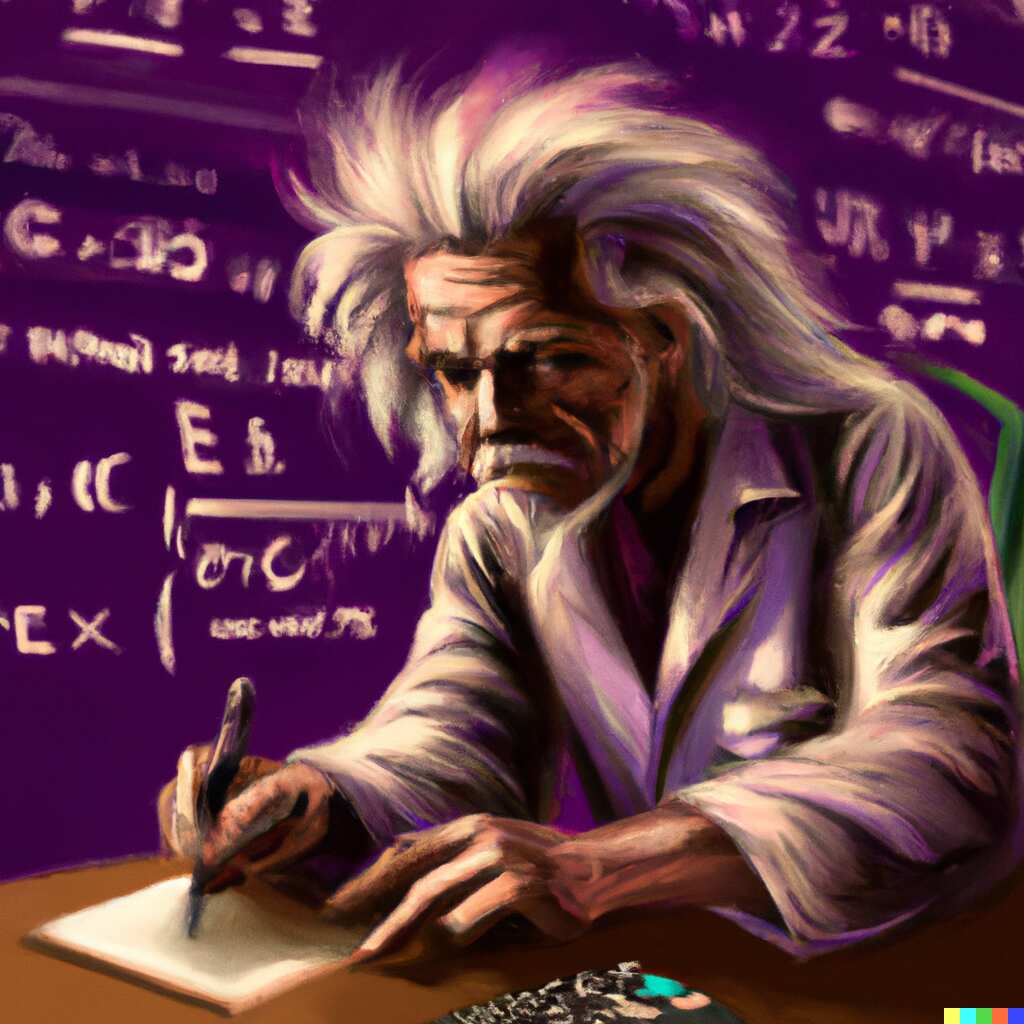There are equations-based laws that explain how space works, and these equations are used to calculate things like what happens when a star dies or how much mass is in a black hole. These equations can also be used to calculate things like solar eclipses or even how long it takes for an object to orbit another object in space.
Here are 7 equations that make our world and universe sense.
- Mass-energy equivalence : E=mc2
- The energy of a light wave: E=hv
- Trigonometric parallax: p = 1/d
- The Rayleigh-Jeans Law: Bx(T)=2ckB T/γ4
- Hubble’s Law: v =H0D
- Doppler effect : fΔf=cΔv,
- The second law of thermodynamics: dS=δQ/T
Contents
Mass-energy Equivalence
According to the equation-based laws of physics, an object’s mass describes how much energy it contains. This is because an object’s mass and its energy are equivalent.
Objects with a higher mass have more energy than objects with a lower mass.
This is because they contain more protons and neutrons in their atomic nuclei. And this means they can bind together more tightly than those with lower masses.
Thus, they take up less space and have a higher gravitational pull on people or other objects around them.
Think of nuclear power plants or atomic bombs.
The Energy Of a Light Wave
Light is a type of electromagnetic radiation, which means that it travels in waves.
The energy of a light wave has to do with the frequency and wavelength. More energy a photon contains, the shorter its wavelength. The light wave can be broken down into a group of waves with different wavelengths, each one carrying a specific amount of energy. This wave pattern is called the “spectrum.”
Trigonometric Parallax
The parallax of an object is the amount it appears to move against a more distant background when viewed from different angles. The word “parallax” comes from the Greek word “παράλλαξις,” which means “to change.”
The measurement of parallax is used to measure distances in space. It is also used to measure distances on earth, but this is not as accurate because other factors can affect the measurement.
The parallax of an object changes relative to its distance from the observer. This means that if you were standing on a hill and looking at a tree, it would have a more significant apparent movement against a more distant background than if you were standing on level ground and looking at the same tree.
The Rayleigh-Jeans Law
The Rayleigh-Jeans law is a classical physics equation that describes the intensity of black-body radiation as a function of wavelength.
The law was developed by John William Strutt, 3rd Baron Rayleigh, and James Jeans, who derived it from classical electromagnetic theory. The law is named after the two physicists.
The Rayleigh-Jeans Law is based on the assumption that the energy of each photon increases with its wavelength (because shorter wavelengths have higher energy). This assumption is not valid for all types of radiation, and this equation does not work for most types.
Hubble’s Law
Hubble’s law describes the rate at which the universe is expanding.
The law was created by Edwin Hubble in 1929 and states that the velocity of any object away from us will be proportional to its distance from us. This is an equation-based law, meaning it has a mathematical formula.
The engine of our universe is space. It has been expanding since the Big Bang and will continue to do so until all matter in the universe falls into a black hole or becomes dark matter, or it loses all energy and simply disappears (according to current knowledge).
Space has been expanding for 14 billion years and continues at a rate of 67 kilometers per second per megaparsec (3.3 million light-years).
Doppler Effect
It is best known for its use in astronomy, but it applies to any situation where a source and receiver are in relative motion.
The Doppler effect is a change in the frequency or wavelength of waves emitted from an object in motion relative to an observer.
When the star “approaches you,” the wavelength becomes shorter, and when it’s leaving you, it becomes longer…
For example, when a passing bus’s engine increases the pitch (frequency) of its sound waves, they appear to be coming from a higher pitch. When a vehicle overtakes you, the pitch becomes lower.
The Second Law of Thermodynamics
It is a law of physics that explains the behavior of energy and matter.
The second law of thermodynamics is the reason why everything has its end. It states that in any isolated system, entropy will increase until it reaches a maximum value, then remain constant or decrease. This means that there will be an equal probability for any given physical process to happen, and the system will become more disordered over time.


